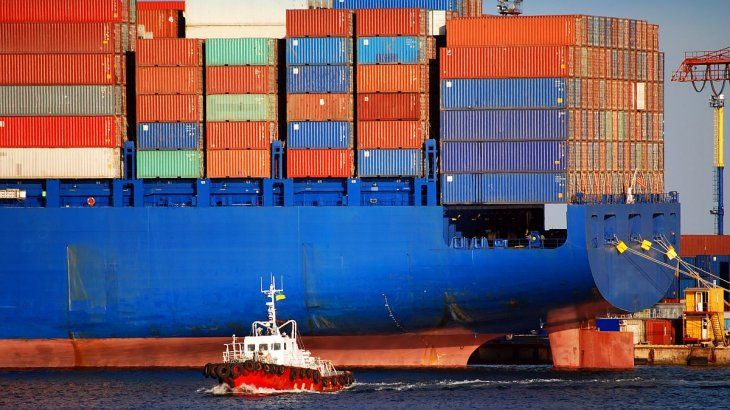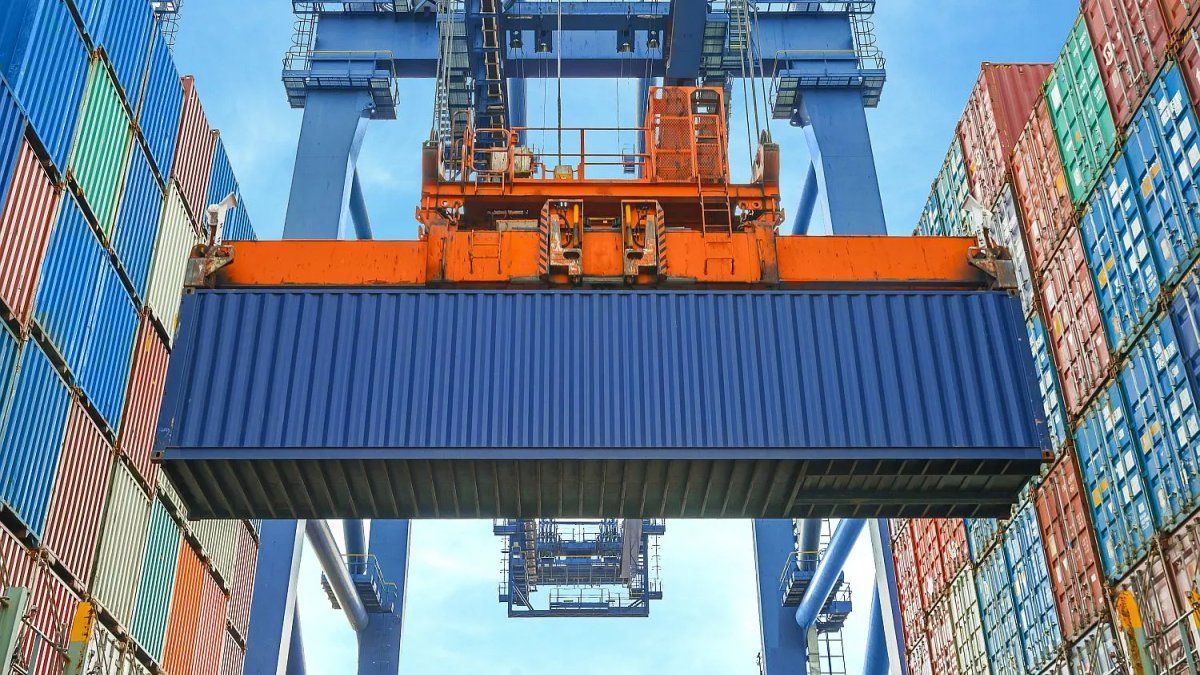The reform seeks to optimize customs procedures and make import conditions more flexible. Also promote export competitiveness through digitalization and strengthening control in foreign trade, as mentioned in the official text.
The Ministry of Industry and Commerce made modifications and new provisions regarding the regime of “Stock Replenishment“, which allows companies to temporarily import merchandise in order to subject them to a process of industrial improvement and then export them in new forms.
The content you want to access is exclusive to subscribers.
This regime is part of a system that seeks to promote the competitiveness of Argentina’s export sector through more efficient and simplified customs control. As mentioned by the Resolution 426/2024 published this Friday in the Official Gazettethe measure “seeks to streamline processes and reduce bureaucracy for companies.”


Likewise, it points out that “by facilitating the replacement of inputs, the production and export of national goods is encouraged.”
Process and Requirements of the New Regime
The Resolution establishes that companies that wish to benefit from the regime must use the “Repostock” system within the VUCEA to carry out the procedure. This system allows users to manage the replacement of imported products, with an additional benefit of stock replacement that facilitates the import of inputs and raw materials for their transformation into products intended for export.
The process is articulated in a chain of three users: the first importer of inputs, who carries out the first improvement process; the second, who carries out another transformation process; and the third, who finally exports the product. All users involved in this chain must have a Temporary Import Classification Certificate (CTIT), which validates the relationship between the inputs and the exported products.
exports-imports-trade-ship.jpg

The competent authority may carry out random audits to verify compliance with the regime.
Depositphotos
In addition, the competent authority, under the supervision of the Ministry of Economy, has the power to randomly audit the CTIT and verify that the goods and their use are correctly registered and comply with the established requirements. If irregularities are detected, sanctions may be applied ranging from the cancellation of the certificates to exclusion from the regime for a period of up to three years.
Control and transparency
Control over the import of products under this regime will be carried out by the General Directorate of Customs, which will use selective control procedures and risk analysis to verify that imported goods meet the requirements. In addition, information linked to customs operations will be optimized through the use of electronic means, which will allow better management of the process.
Main changes introduced
- Digitization of procedures: An online system (VUCEA) is implemented to manage stock replenishment requests.
- Greater flexibility: The requirement that imported goods be of the same origin as those exported is eliminated.
- Value chain: It allows up to three companies to participate in the value chain, each adding value to the product.
- Control and sanctions: Audit mechanisms and sanctions are established for those who fail to comply with the rules.
Source: Ambito
I am a 24-year-old writer and journalist who has been working in the news industry for the past two years. I write primarily about market news, so if you’re looking for insights into what’s going on in the stock market or economic indicators, you’ve come to the right place. I also dabble in writing articles on lifestyle trends and pop culture news.




